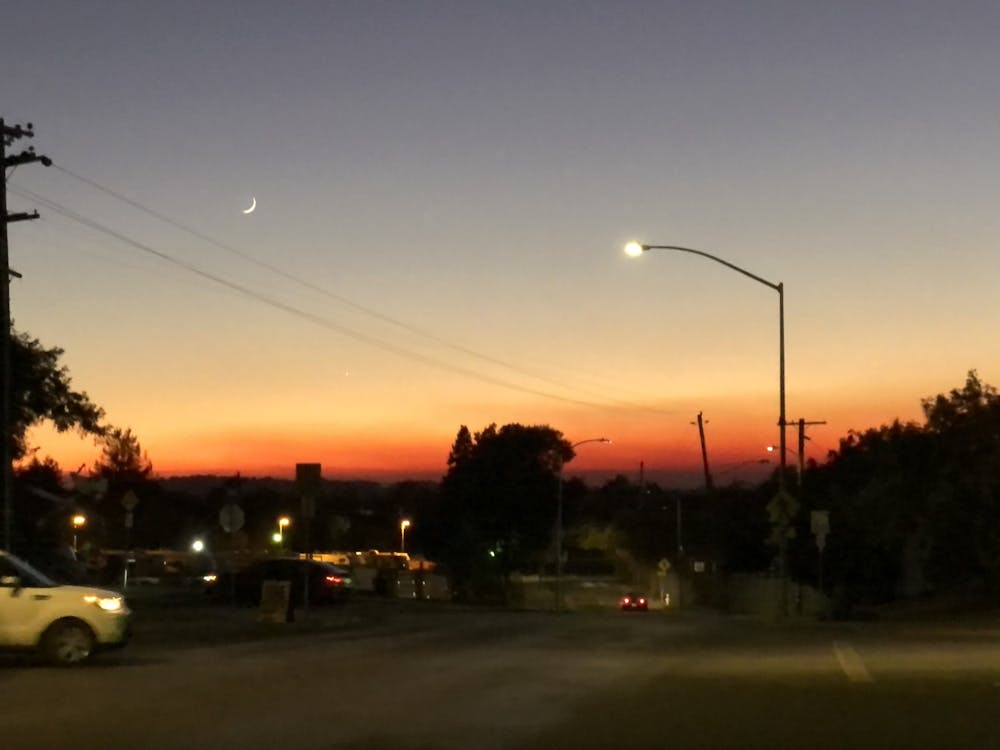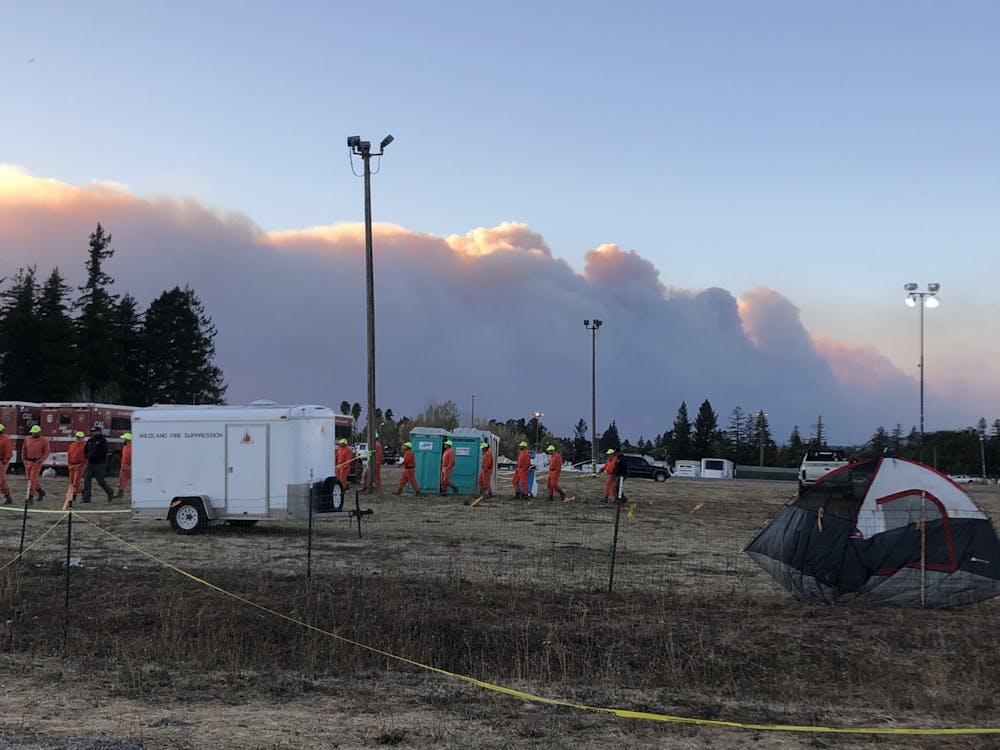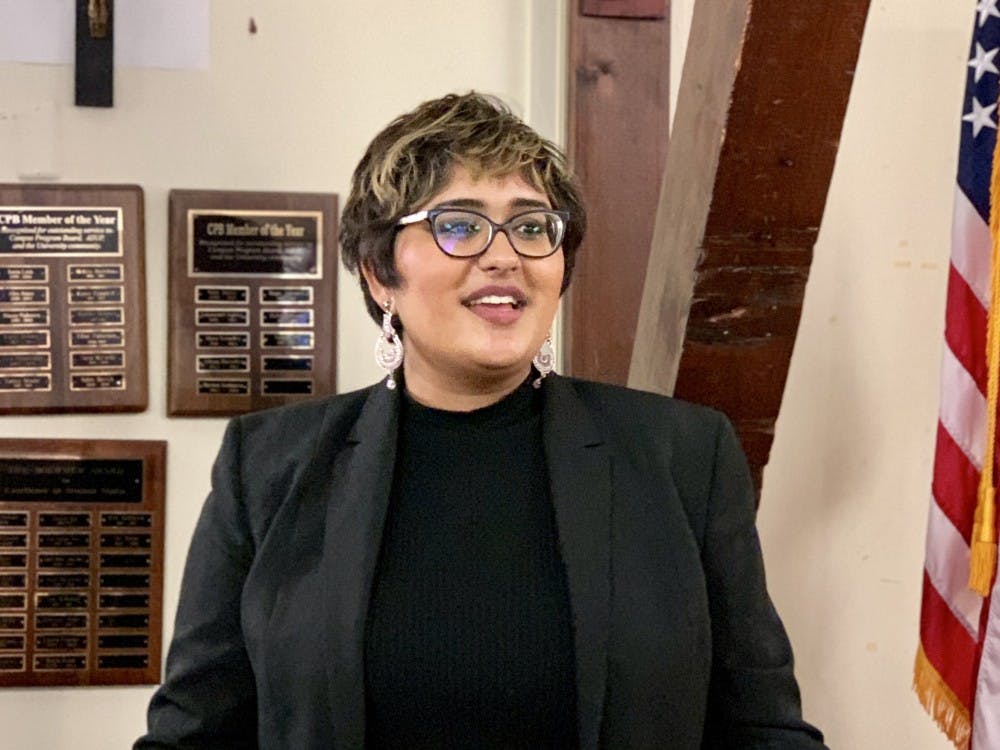Several University of Portland students have been affected by multiple fires burning in California. More than 26 million people are under red flag warnings of fire risk due to high temperatures, low humidity and strong winds. Along with evacuations, half a million people throughout California have been also experiencing by day-long power outages by Pacific Gas and Electric (PG&E).
The Kincade Fire is California’s largest active wildfire and has burned more than 77,758 acres of Northern California and Sonoma County since Oct. 23, and has destroyed more than 180 structures, including 86 homes. As of Friday morning, the Kincade Fire is 68% contained. As of Friday, Nov. 1, the mandatory evacuation in Sonoma County alone includes 180,000 residents.
The Easy Fire also broke out the morning of Wednesday, Oct. 30, in Southern California’s Simi Valley — about 30 miles outside of downtown Los Angeles. It has now burned almost 2,000 acres and is 80% contained. The Getty Fire in Los Angeles County has also destroyed at least eight homes since starting early Monday, Oct. 28. It has burned about 745 acres and is 66% contained.
As the largest state represented on campus, California is home to 28.9% of the student body. Several UP students’ families have even been evacuated from their homes. Among these students is junior Macey Schondel from Santa Rosa, California.

The sunset by the Sonoma County Fairgrounds in Santa Rosa, California was bright red and orange due to the nearby wildfires. Photo courtesy of Rob Stewart.
Schondel was working on homework when she received a text from a friend in Santa Rosa alerting her of the fire. Schondel said this experience was similar to finding out about the fire that took place last year.
“The worst part about it is being away. I know, even if I was there, I couldn't actually do anything. But I feel so helpless being here and watching it happen,” Schondel said. “I sit at my computer and just watch the fire get closer and closer to my house and all my friends' houses, and it's the most terrifying experience because I can't do anything but watch the little red circle grow.”
In previous years, fires have devastated the same communities that are currently under threat. UP junior Dominic Triolo from San Rafael, California, has watched his city and loved ones repeatedly face fire threats.
“I remember last year a lot of my friends’ houses burned and they rebuild and now they're just being evacuated again,” Triolo said. “A lot of my community down there is evacuated or burning and there's really nothing I can do but sit here and watch. It's very surreal.”
As of Wednesday, Triolo’s family and house were not in imminent danger but have been affected by the fires in other ways, including the multiple day-long power outages and poor air quality restricting people from going outdoors.
According to PG&E, the power outages are a precautionary public safety measure after the 2018 Camp Fire caused by electrical transmission lines owned by PG&E killed 85 people and destroyed almost 19,00 homes.
But the blackouts have also caused some cell towers to lose power, resulting in little to no cell service in some areas.
Junior Jesse Persing from San Martin, California, said his family has been experiencing these day-long power outages that restrict members of the community from carrying out the routines of their day-to-day lives.
“I think PG&E has wasted a lot of money, dumping resources into keeping their shareholders happy, when in reality, they should be investing time and money into replacing their infrastructure so that we don't ever have to deal with this again,” Persing said.
Persing is not only facing the effects of the Northern California fires, but the Southern ones outside Los Angeles, as well. Persing’s younger sister goes to Chapman University in Orange, California, where blankets of smoke have caused worsening air quality.
Fourteen of the 20 most destructive fires in California state history have occurred over the past 12 years, making these fires a repeated danger to California residents.
“It's frustrating that it's becoming a yearly thing,” Persing said. “This is something that we have to worry about every single year. It will continue to get worse and worse unless we do something about it. It has done millions of dollars and property damage. People are dying. It’s really sad.”
Havi Stewart is a reporter for The Beacon. She can be reached at stewarth22@up.edu.








